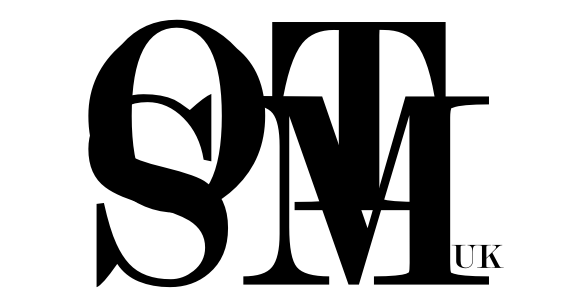ADAD CampaignFALL WINTER 2025-2026fashionFashion BrandFashion LookBookLONGCHAMPLOOKBOOKLOOKBOOK COLLECTION
Longchamp Fall Winter 2025–2026 Collection: From Paris to London
For Fall Winter 2025–2026, Longchamp embarks on a contemplative journey—"From Paris to London"—bridging two storied style capitals with a collection that speaks in hushed tones but carries enduring resonance. Under Sophie Delafontaine's direction, the brand invites us into a world where craftsmanship whispers louder than trends, and heritage is approached not as a relic, but as a living, evolving dialogue.
The palette is earthy and grounded: moss greens, clay neutrals, tobacco browns, and soft greys form the collection’s tactile base. Yet, like brushstrokes across a neutral canvas, flashes of cobalt blue and crisp ecru surface, a nod to the influence of French ceramicist Constantin Riant, whose collaboration with the brand lends an artisanal soul to the collection. His sensibility flows into organic textures and patterns that feel both modern and hand-wrought, almost as if shaped by the potter’s wheel.
Outerwear becomes the collection’s anchor. A kimono-inspired quilted puffer brings softness and sculptural volume, while a structured duffle coat—crafted in partnership with British heritage label Gloverall—offers a redefined classicism. Each piece is a quiet reinterpretation: not flashy, but thoughtful, balancing London utility with Parisian restraint. It’s nostalgia filtered through modern minimalism.
Accessories, ever the soul of Longchamp, evolve subtly yet purposefully. The Le Roseau tote arrives in a more grounded form, its signature bamboo clasp reimagined in sleek, polished calfskin. Meanwhile, the iconic Le Pliage takes on new meaning: bathed in blue-and-white brushstroke prints and braided trims, it becomes an object of functional poetry—half sculpture, half carryall.
Though consumer response has varied—some applauding the refined leatherwork, others questioning the direction of newer nylon iterations—the collection itself is self-assured and unhurried. It doesn’t chase the moment. Instead, it invites us to pause, to run our hands across a well-made bag, to admire the structure of a coat that will last seasons, not just one.
#Longchamp FW25–26 is a study in quiet luxury. It’s a conversation between cities, materials, and traditions, unfolding not in declarations, but in gestures—precise, poetic, and enduring.
Img Source: Kendam


















0 comments